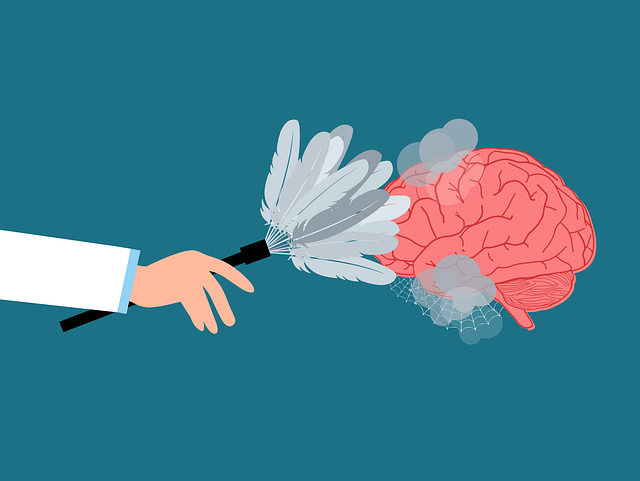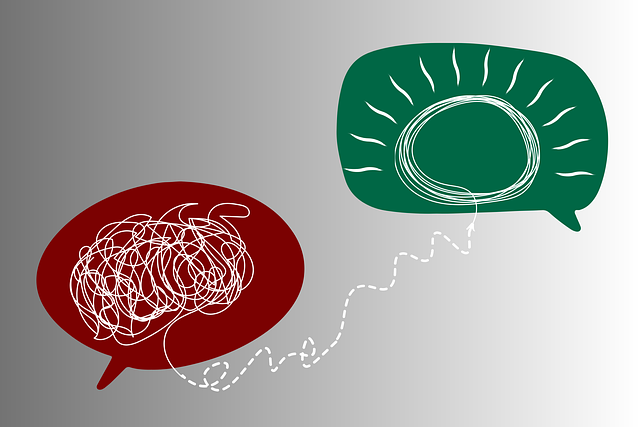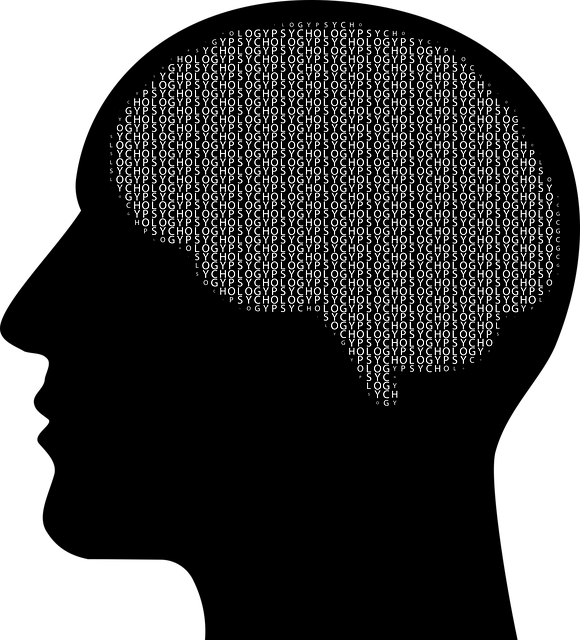Aurora Sexual Abuse Survivor Therapy (ASAT) is an effective, evidence-based approach for healing from trauma. Journaling is a complementary tool that enhances ASAST by enabling individuals to express emotions, process experiences, and track progress towards mental wellness in safety and privacy. A structured journaling routine can improve mood regulation, anxiety relief, and self-awareness—key aspects of ASAST—and empower survivors to rewrite negative narratives, fostering recovery and personal growth.
Mental wellness journaling can be a powerful tool for healing, especially for survivors of sexual abuse. This article explores Aurora Sexual Abuse Survivor Therapy (ASAST) as a foundation for emotional recovery and provides practical guidance on adopting journaling as a therapeutic routine. Discover the benefits of unlocking your emotions through written expression and learn steps to create a safe, effective journaling practice tailored to your needs.
- Understanding Aurora Sexual Abuse Survivor Therapy: A Foundation for Healing
- The Power of Journaling: Unlocking Emotional Expression and Growth
- Practical Steps to Create a Therapeutic Journaling Routine
Understanding Aurora Sexual Abuse Survivor Therapy: A Foundation for Healing

Aurora Sexual Abuse Survivor Therapy (ASAST) is a specialized form of treatment designed to support individuals who have experienced sexual abuse or assault. This therapeutic approach focuses on helping survivors process their trauma, heal from the physical and emotional wounds, and regain control over their lives. The foundation of ASAST lies in creating a safe and non-judgmental space where clients can explore their experiences and express their feelings openly.
Through evidence-based techniques, this therapy facilitates the development of inner strength and resilience. It empowers survivors to take back power from their traumatic experiences by promoting self-awareness, coping strategies, and healthy mechanisms for stress management. Many organizations now incorporate ASAST into their mental health services, recognizing its potential in improving outcomes for sexual abuse survivors. This includes integrating practices from Risk Management Planning for Mental Health Professionals to ensure a safe environment and providing Stress Management Workshops Organization to teach participants effective ways of dealing with anxiety and distress related to their trauma.
The Power of Journaling: Unlocking Emotional Expression and Growth

Journaling has emerged as a powerful tool for emotional expression and personal growth, especially for individuals navigating complex topics like mental wellness and Aurora sexual abuse survivor therapy. By putting pen to paper, one can explore and unpack their thoughts and feelings in a safe, private space. This act of self-reflection allows individuals to process traumatic experiences or challenging emotions, fostering a deeper understanding of themselves.
Engaging in regular journaling practices may contribute to enhanced emotional healing processes, boosting self-esteem and confidence. It provides an opportunity for introspection, enabling one to identify patterns, triggers, and sources of distress. Through this process, survivors can begin to rewrite their narratives, transforming negative experiences into valuable lessons that empower them on their journey towards recovery and personal growth.
Practical Steps to Create a Therapeutic Journaling Routine

Creating a therapeutic journaling routine can be a powerful tool for mental wellness, especially for Aurora sexual abuse survivor therapy. It’s a safe space to express emotions, process experiences, and track progress. Here are practical steps to get started:
1. Choose Your Journal: Select a journal that feels right for you. Consider using one with pretty designs or neutral pages if aesthetic appeal helps your mood management. Alternatively, a simple notebook can be ideal for those who prefer minimalism. The key is to pick something you’re comfortable holding and writing in.
2. Set Consistent Time Slots: Incorporate journaling into your daily self-care practices. Whether it’s every morning or before bed, having a dedicated time ensures the habit sticks. Consistency promotes better mood regulation and anxiety relief over time. Start small, perhaps with 15 minutes per day, and adjust as needed.
3. Determine Your Focus: Journaling doesn’t have to be all about words. Some days, you might sketch or paint to express yourself. Other times, write down your thoughts and feelings. You can also track your symptoms and the effectiveness of coping strategies for anxiety relief. The goal is to explore your emotions and experiences in a safe manner.
4. Use Prompting Questions: To get started when you feel stuck, use prompts like “What made me happy today?”, “What am I grateful for?”, or “How did I handle a challenging situation?”. These questions can help guide your reflection and encourage self-awareness, which is beneficial for mental wellness.
Mental wellness journaling, as supported by Aurora Sexual Abuse Survivor Therapy, offers a powerful tool for emotional expression and personal growth. By integrating this practice into daily routines, individuals can unlock profound insights, process trauma, and cultivate resilience. The benefits of journaling are vast, from enhancing self-awareness to fostering a sense of control over one’s mental health. With practical steps outlined in this guide, anyone can begin their journey towards healing and transformation through the therapeutic act of writing.












